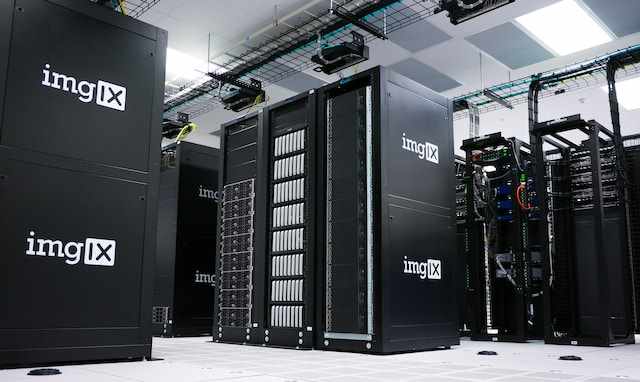Successful business requires having the appropriate infrastructure in place. One of the most crucial decisions as an entrepreneur is when to install a server room for your operations – its installation could make or break your operations, so understanding all types of server rooms as well as when and why one should be established can help ensure you take full advantage of its many benefits.
Need Additional Computing Resources
If your data and applications have grown too large for one machine to manage or your existing equipment simply can’t keep up, it may be time to consider creating a server room. Multiple servers in an orderly environment will provide greater efficiency as well as redundancy should one system go down; continuing business as normal.
Need Increased Network Security Solutions
Organizations managing sensitive data must implement physical security measures to safeguard it against threats and provide a secure working environment for their employees. By setting up a server room equipped with racks, firewalls, and access control systems, organizations can protect themselves while offering their data an extra layer of protection.
When You Need Improved Support and Maintenance Services
Owning a server room provides many additional advantages to your IT team. Technicians can quickly troubleshoot issues, identify areas for improvements and ensure all systems are running optimally – an added advantage being faster issue resolution versus having to rely on external sources for assistance.
Reduce Costs When Looking to Reduce Spend
Building and managing a server room may not be cheap, but it can be cost-effective in the long run. By consolidating multiple servers into one central location, organizations can save on energy costs through better cooling systems as well as staffing expenses by having all operations managed from one central point. Plus, having your own private space gives you more control over internal processes as well as flexibility when upgrading or replacing equipment.
Consider These When Designing Your Server Room
Before designing or building a server room, organizations should take several factors into consideration:
Space Requirements and Layout: Consider both current and potential future equipment needs when planning out your racks, power sources, and other components in a logical layout.
Environment Factors: To protect your servers from overheating, proper ventilation must be ensured in their room design, which includes factors like temperature, humidity, airflow, and sound levels. You should also take into account any environmental hazards such as fire or water damage risks that could potentially arise.
Security Measures: Take measures to safeguard your server room against physical threats like theft or unapproved access, such as installing surveillance systems, access control systems, and locking mechanisms on doors.
Power Requirements: Carefully assess the power needs of your equipment, accounting for redundancies in case of a power outage. Also, invest in quality surge protectors/UPS systems to protect servers from electrical damage. Industrial electricians may be needed for wiring tasks.
Cabling and Connectivity: When planning the layout of your server room, it is necessary to determine where all cables will run as well as which switches or routers will be utilized for internal networks. Planning these details ahead will make your life much simpler!
Establishing a server room can be extremely advantageous to businesses of all sizes that need more computing power and network security. Establishing such a room in-house may not only increase efficiency but also help provide improved support services and maintenance as well as reduced costs while offering protection for sensitive data. Organizations should carefully weigh costs against benefits before making their decision, but establishing one in-house may be a useful way of increasing productivity while safeguarding valuable assets.





